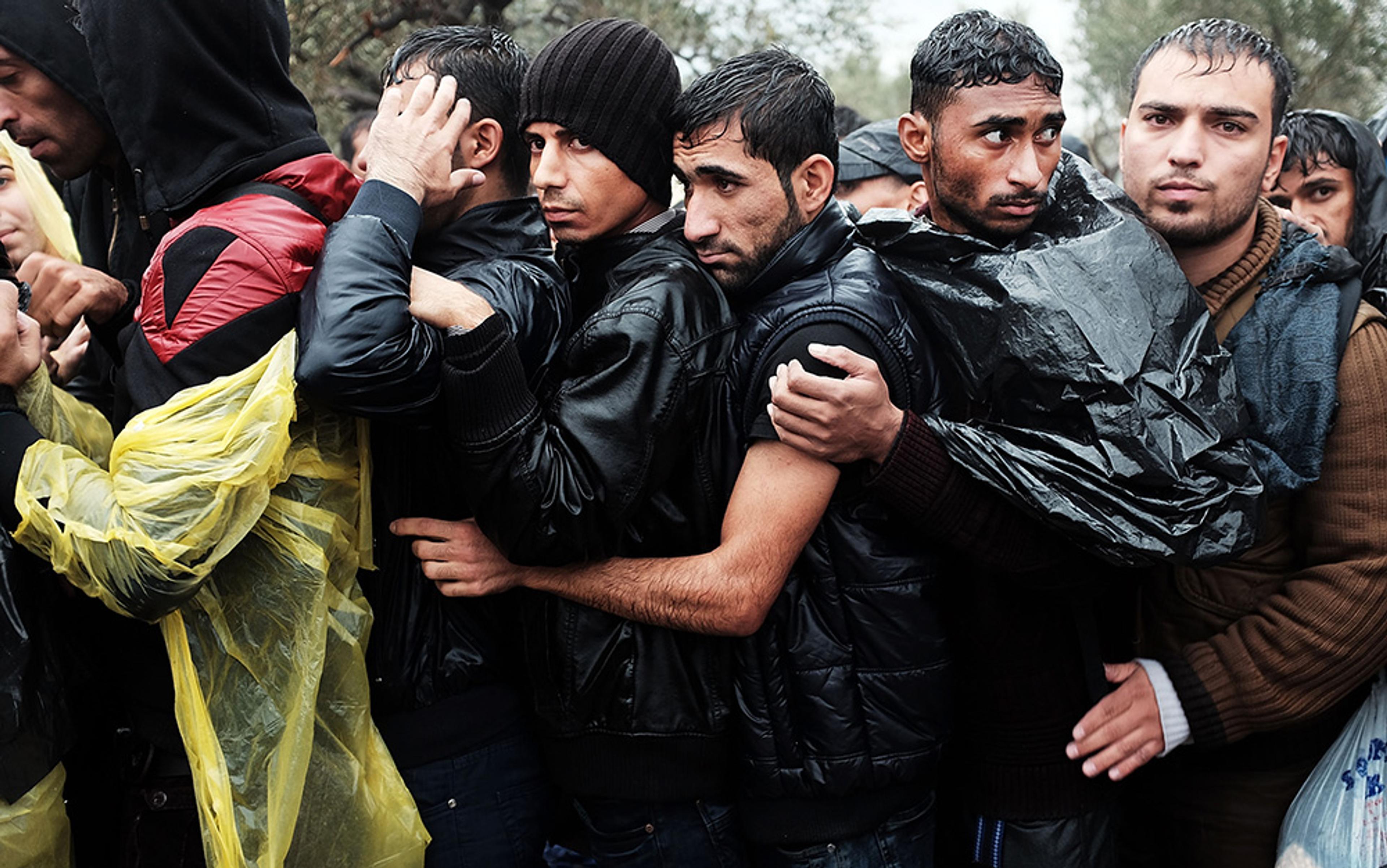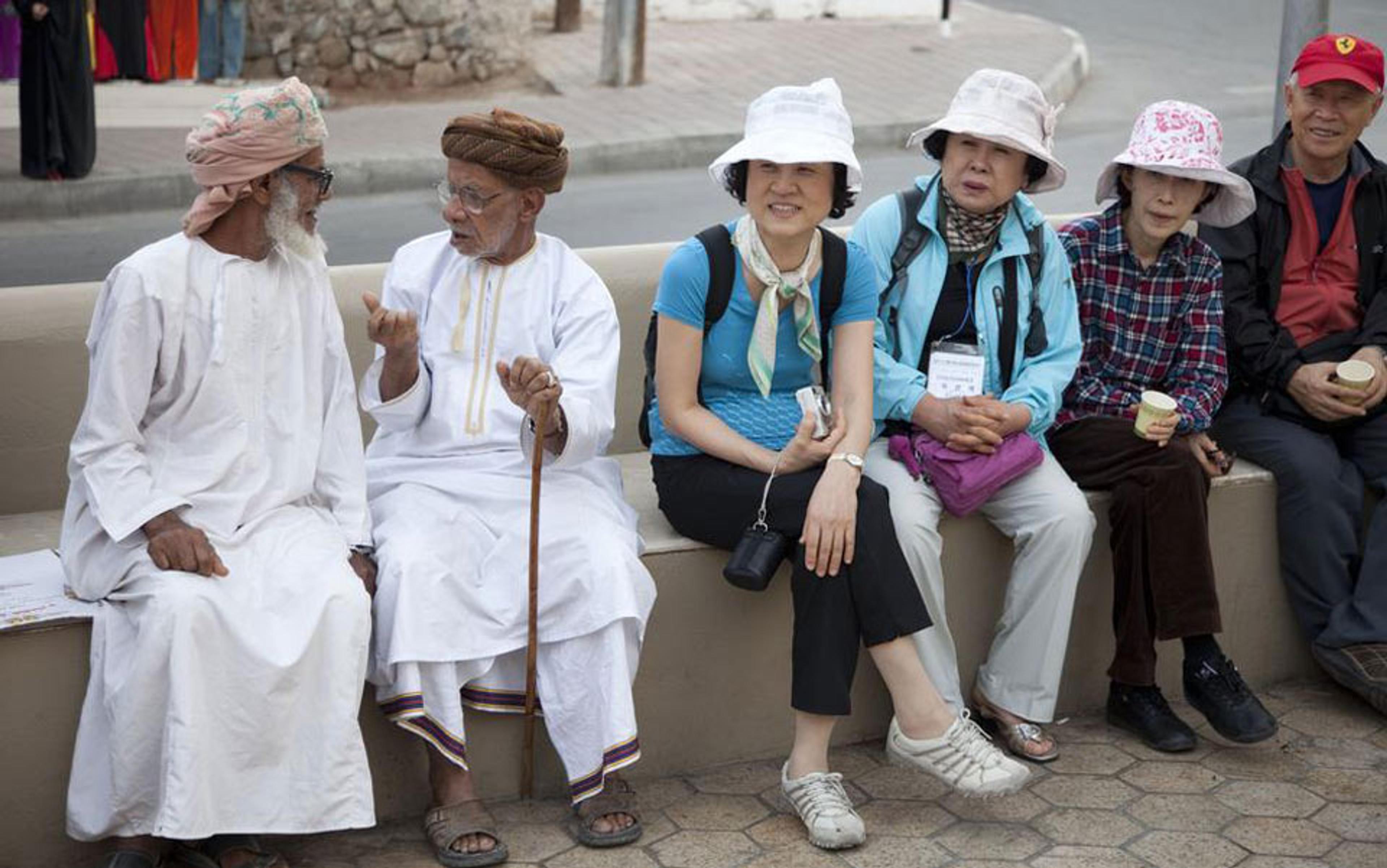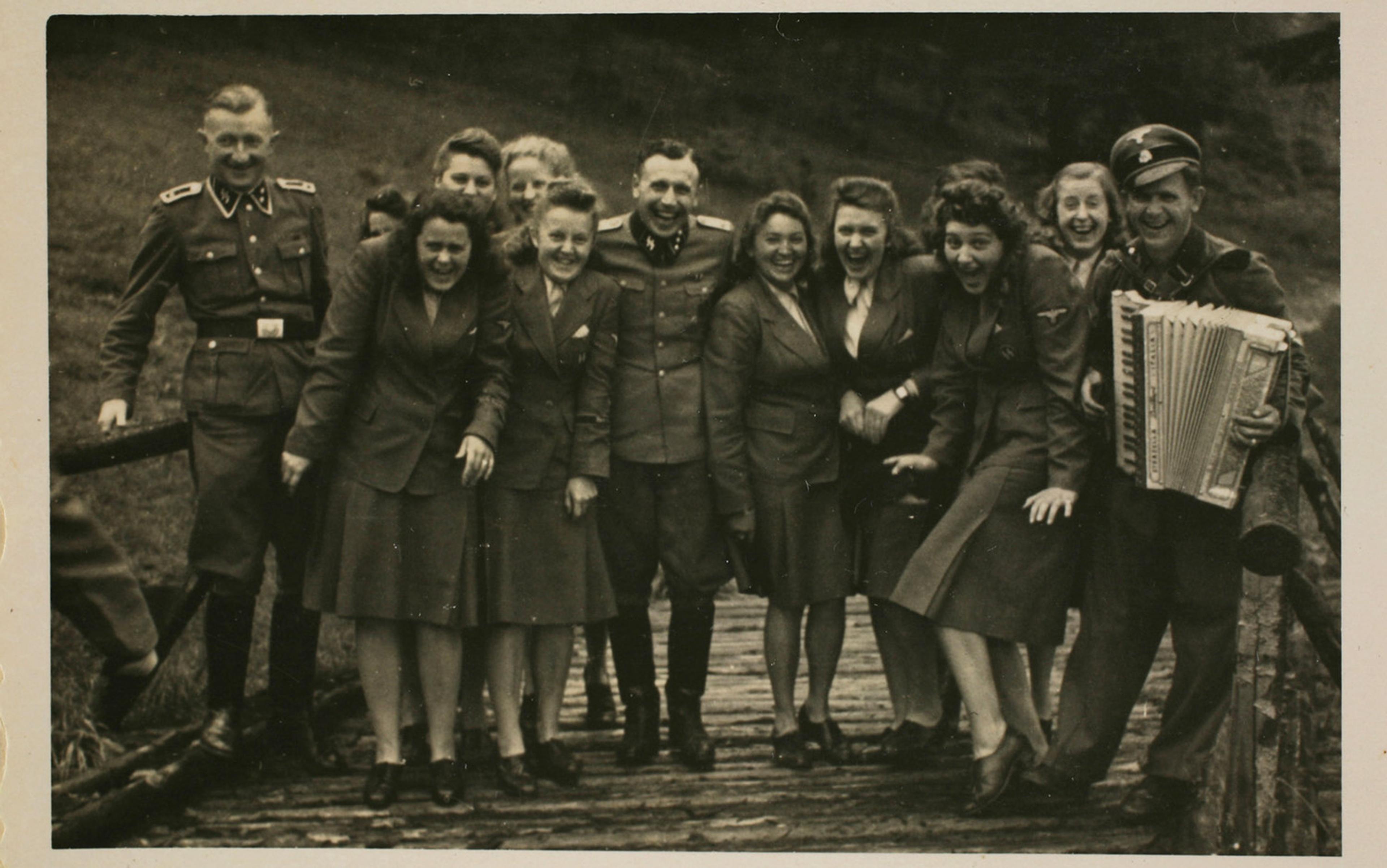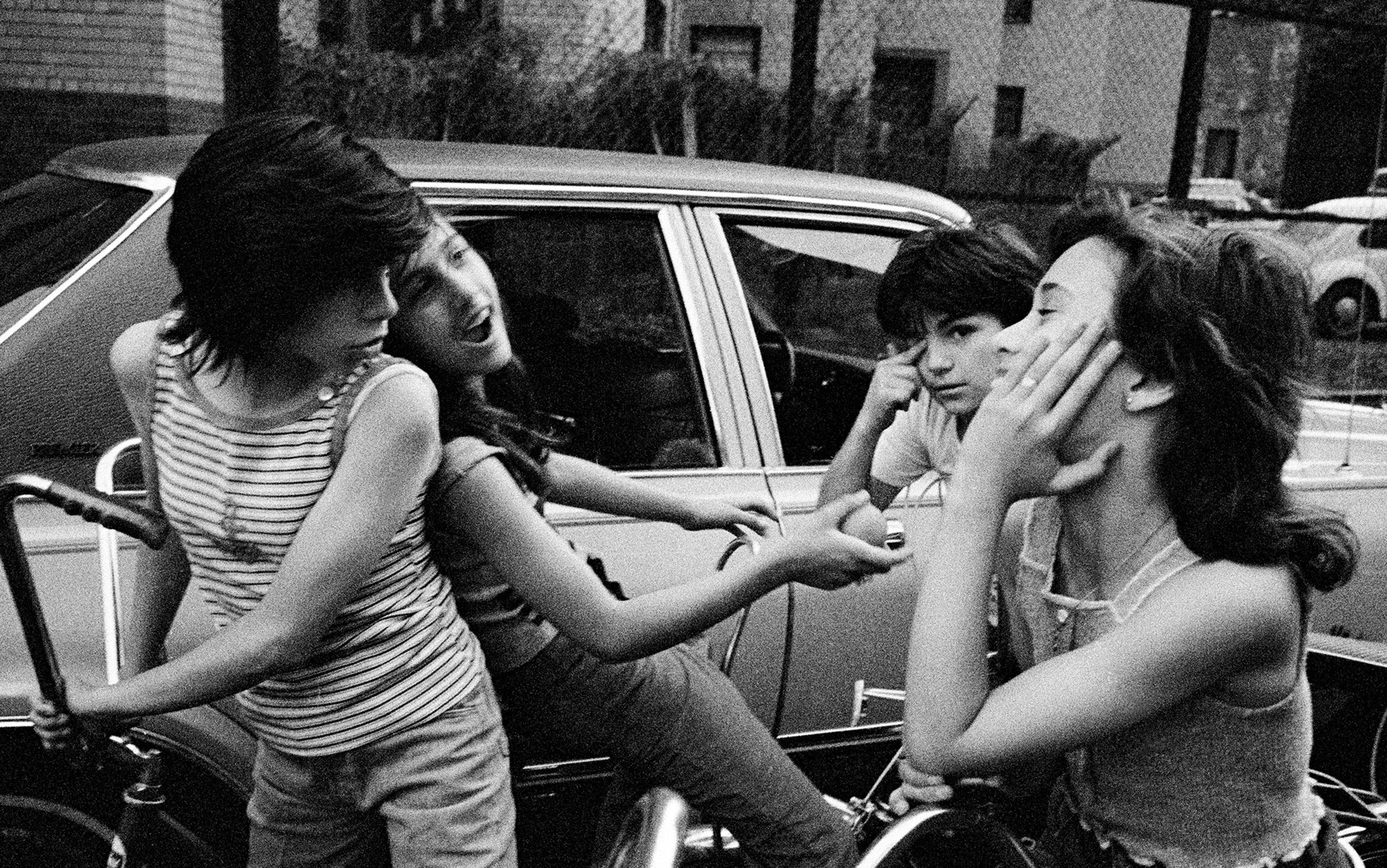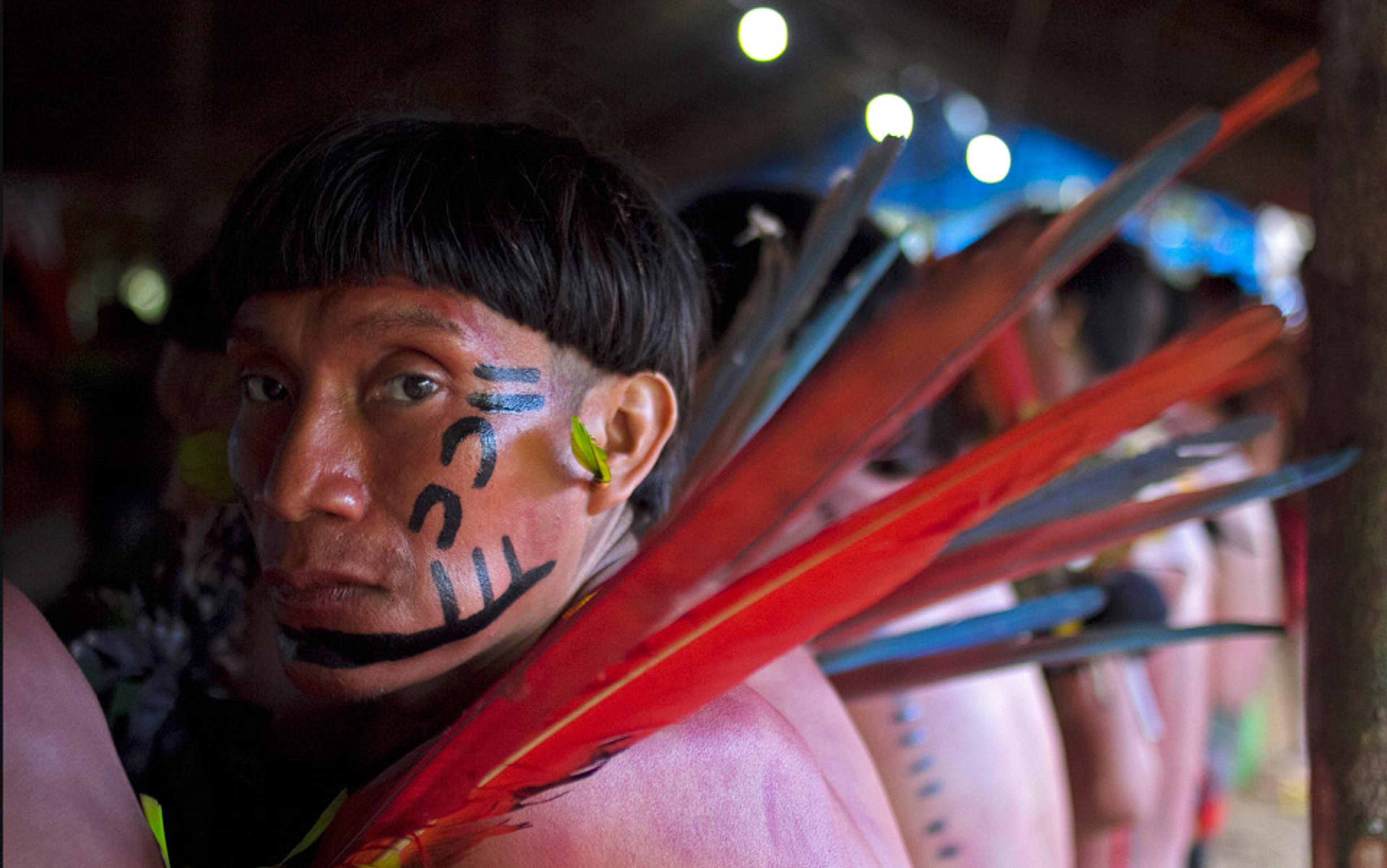Wednesday, 2 September 2015. In whatever way one got news – Facebook, email, Twitter, newspaper or traditional broadcast bulletin – it was there. An indelible image that made millions stop and look in a way they never had.
A little boy lay belly-down in the sand. Gentle waves lapped his face. The beach was dour and overcast, whereas the boy was a patchwork of colour – his shirt bright red, his long shorts deep blue, his skin perfect vanilla. With arms by his side and palms facing the sky, it looked as if he had fallen and could not get up. If one kept looking, they soon noticed that his shoes seemed unusually small, and his head unusually big – too big for his body. The truth is, he looked more like a mislaid doll than a young boy, drowned at sea and washed up on a Turkish beach.
Of course, Alan Kurdi was not the first Syrian asylum seeker to drown while attempting to cross the Aegean Sea. Thousands of deaths preceded his, and there would be hundreds more in the subsequent months. But there was something about the image of Alan that left people shocked, disgusted and moved to compassion. What was it, then, about that one boy and that one picture that made people finally give a damn?
The easy answer is that Alan looked like one of their own children. The hard answer is our genes, which code for inexorable biological routines triggered by self-interest. The truth is somewhere in-between: the interplay between culture and genes that saddles humans with a psychology fixated on in-groups (people we consider to be like us or part of our community) and out-groups (people we consider to be different to us or not part of our community).
It takes deceptively little to engage the modules of our brains that are concerned with group membership, and thus deceptively little to trigger behaviours of empathy as opposed to apathy or antipathy. The first thing to note about Alan is that people tend to react with compassion when they encounter children, especially young children who depend on adults for their safety.
But it was more than Alan’s youth.
To Western eyes, for lack of a better description, Alan looked normal. Indeed, he looked typically middle-class. The little sneakers; the neat, plain, colourful clothing – bright red shirt, long blue shorts. These seemingly insignificant details were crucial: Alan looked like he could have been one of us. And because he looked so familiar and so innocent, the altruistic modules of our brains that respond to in-group members were engaged, and people felt empathy rather than indifference or antipathy. Yet had Alan been wearing darker, or unclean or tattered clothing, or clothing typical of a specific culture, there is every possibility that the tragic image of his death would have given rise to nothing more than momentary sympathy before he went on to become just another statistic, just another forgotten Tweet.
When I ask Steven Neuberg, an evolutionary psychologist at Arizona State University, about this, he points out that: ‘If it had been a 28-year-old man with a beard who washed up onshore, it wouldn’t have gotten the same reaction.’ As it turned out, a young Middle Eastern man with a beard was the image the world saw just two months later when a group of terrorists gunned down 130 people in Paris. Among the first pictures of the attackers to be shown in news coverage was an image of Abdelhamid Abaaoud, a young bearded man holding a Quran in one hand and an ISIS flag in the other. At the same time, it was being suggested that one or more of the attackers might have come through the refugee pipeline from Syria.
In an instant, images associated with the Syrian refugee crisis were no longer of drowned babes and desperate families on the march, but of angry young men with beards. Much of the compassion and political goodwill that had built for the Syrians quickly evaporated. Talk turned from helping those fleeing the war to waging war by airstrike. Within days, Poland had declared that it was closing its borders to refugees, then said it would shelter the 7,000 people already agreed on only with security guarantees in place. The United States Congress scrambled to rush through legislation barring Syrian refugees from entering the US. Other countries would follow with punitive – or, depending on how one sees it, protective – measures.
Which is to say, people reacted to the Paris attacks with their gut and followed with rationalisations. Human nature played out in the 21st century just has it had through our evolutionary past.
Homo sapiens sapiens – modern humans – have been extant for a whisker of time, something like 200,000 years. Societies evidencing urban development and complex social and cultural structures have been around for less time still, roughly 10,000 years, or 5 per cent of the duration of our subspecies’ existence.
Our evolutionary past, on the other hand – the period during which psychological mechanisms developed to keep our forebears on their bipedal toes until they had perpetuated their genes – stretches back millions of years. What this means is that the brain that allows humans to write code for iPhone apps is, in many ways, the same prehistoric brain that is finely honed to meet the challenges of daily life on the savanna.
Thus, present-day humans must grapple with legacy systems. These are cognitive routines that were highly adaptive and useful in another time, but that have since become outmoded, clunky and sometimes detrimental – yet they cannot be dumped or overwritten because they underlie basic functions of the human machine. One of these legacy systems relates to forming coalitions with other humans.
Various experiments demonstrate that people feel an almost irresistible urge to form and react to groups – to both consciously and subconsciously identify self and a select cohort of others as part of an ‘in-group’, with the rest belonging to ‘out-groups’. Just what is required for a group to form can be trifling, and the mechanism is evident in our youngest selves.
Six-month-old infants prefer strangers who speak their native language in their native accent. Ten-month-old infants are most likely to accept a toy when it is offered by someone who speaks their native language. And five-year-old children are more likely to choose to befriend same-race children when the target children are silent, but it turns out that accent trumps this bias: children are more likely to choose to befriend children of other races who speak in their native accent than those of the same race who speak in a foreign accent.
Children and adults alike are psychologically drawn to sameness over difference due to a legacy system that evolutionary psychologists call ‘threat detection’. Here’s how it works: two groups unrelated to each other by blood naturally look, act, sound or smell a little different; they are also more likely to compete. Thus, natural selection favoured the ability to recognise minor traits of difference. This allowed our ancestors to avoid threats from members of outside groups, and alerted them to opportunities such as using violence to scare off or kill members of other tribes, thus gaining access to more resources or sexual partners.
‘just make some wear blue shirts and others red: within a half-hour you will induce in-group and out-group feelings’
Compared with the present, life in prehistoric times was violent, short and without second chances. There were no courts or police to mediate conflict, no hospitals to treat illness or injury, and no legacy other than one’s genes. It paid dividends to always over-estimate, and never under-estimate, a potential threat.
Even our primate relatives show evidence of evolved distrust of minor differences. Robert Trivers, an evolutionary biologist at Rutgers University in New Jersey, points to studies showing that rhesus monkeys – separated from Homo sapiens by 25 million years of evolution – have a similar response to in-groups and out-groups as humans. When shown pairs of pictures, one of an in-group member and the other of an out-group member, the monkeys tend to stare at the out-group member for longer – a measure of perceived threat. The researchers also found that male (but not female) monkeys tended to stare at out-group members longer than pictures of threatening spiders.
What’s more, it takes relatively little to trigger the instinct. ‘You need not stoke Sunni or Catholic fundamentalism to get people to feel the right way,’ Trivers says in The Folly of Fools (2011); ‘just make some wear blue shirts and others red, and within a half-hour you will induce in-group and out-group feelings based on shirt colour.’
This helps to explain one of the most common misperceptions about prejudice: that negative attitudes toward those who are different from oneself is mostly about race. It turns out that is false. When humans and their ancestors evolved, it was not in proximity to different races, but to others similar in appearance to themselves. Instead, readily discernible markers of difference included things such as accent, vocabulary, customs, markings, tools, accoutrements and hides. These would have triggered their threat management systems: mental routines that identify and impel a response in the face of threats to resources, values or morals; threats to sexual dominance; and threats to one’s person through violence or disease.
To put this in the context of reactions to refugees in the 21st century, Neuberg explains that ‘we make our best guesses about others’ intentions and those guesses are rational’ in light of our evolutionary history.’ Humans from outside coalitions would have looked and sounded and acted a little different, and ‘would have been more dangerous than members of our in-groups in terms of per capita contact, so we would be wary of them. We’re wary of them still.’
Thousands of years after humans began to form complex political units, we remain efficient and zealous recognisers of difference. And it is difference that many people see and hear when they turn on the news and encounter refugees fleeing Syria, Somalia or Afghanistan – be it difference in how those people look, talk, eat or pray, and even in how they arrive.
Few Westerners who travel long distances choose to do so by foot or boat – and certainly not by traipsing through muddy fields, or boarding overcrowded wooden fishing vessels and cheap rubber dinghies. Exacerbating that are the images of brown-, black- and olive-skinned people who are distressed, confused, exhausted, bedraggled and sometimes angry. These markers build on differences already inferred through language, religion, ethnicity, culture and ideology.
Few groups engender so many markers of difference as refugees. As Neuberg points out: ‘All those cues come together and activate the threat-management systems, and altogether make immigrants and refugees a perfect storm for prejudice.’
Perhaps the most striking aspect of pushback against refugees in Germany, Australia, the US and any number of other countries is how many people in the fray see themselves and their society as compassionate, tolerant and hospitable. In fact, it’s not uncommon in the West for first- and second-generation citizens – themselves the children and grandchildren of refugees – to object to further intakes of refugees and immigrants.
This is not a modern phenomenon. As far back as 1517, parts of the English citizenry were fomenting against immigrants, particularly those from France, taking English jobs, culminating in the May Day riots. Thomas More, the political philosopher who a year earlier had published his opus Utopia, vainly confronted an angry mob and tried to talk sense into them. He failed. The riot kicked off, continuing through the early morning of 1 May. Decades later, Shakespeare imagined More’s words:
You’ll put down strangers,
Kill them, cut their throats, possess their houses …
Should so much come too short of your great trespass
As but to banish you: whither would you go?
What country, by the nature of your error,
Should give you harbour? Go you to France or Flanders,
To any German province, Spain or Portugal,
Nay, anywhere that not adheres to England:
Why, you must needs be strangers.
The state of affairs continued for centuries. In the late 1600s, as many as 50,000 Protestant Huguenots of France travelled by boat to England, fleeing religious persecution under Louis XIV. The English adopted a word from the language of the French migrants to describe the influx of people seeking safe harbour: refugies. Some of them received the refugies with compassion, but the French foreigners were generally disliked, and many locals argued they were stealing work and opportunity from the English.
Much like More and Shakespeare, refugee advocates today continue to highlight the discord between values and actions. They ask people to consider their most cherished values, and whether their government’s policies and the policies they personally support are in accord.
humans routinely hold multiple competing or inconsistent positions on a single subject
Often, they are not. The hope is that people will recognise this dissonance and seek to resolve it in favour of humanitarian acts – that they will strive to treat refugees as they would treat a fellow national, an in-group member, who was in need.
This happens rarely, primarily because humans routinely hold multiple competing or inconsistent positions on a single subject, and simultaneously believe in the absolute good and absolute truth of those inconsistent positions. Robert Kurzban, an evolutionary psychologist at the University of Pennsylvania and the author of Why Everyone (Else) is a Hypocrite: Evolution and the Modular Mind (2011), explains that: ‘It’s a mistake to pay attention only to what comes out of the mouth when we’re trying to understand what’s in the mind, because there are many, many parts of the mind that can’t talk.’
Popular opinion holds that the human brain operates as a unified whole, with all facts, ideas, beliefs, perceptions and preferences of a person combined in any given scenario to make the right decision for them – a theory of mind that posits a single General overseeing the entire brain. This is fundamentally incorrect. The stranger truth is that the mind remains a vast network of variously independent and connected compartments or modules. Frequently, one module of the brain will have little awareness of what other modules or functions in the same brain are thinking, planning or even executing. Hence, any given decision or action is a product of which modules are dominant at the time.
Thus, people aren’t necessarily being deceptive when they describe their support for a morality of inclusion, tolerance and compassion, and then, in apparent conflict, support policies that lead to great suffering among refugees. As Kurzban sums it up: ‘If the brain consists of a large number of specialised modules, then information in any one of them might or might not be transmitted to any other module. This crucial insight is the origin of the claim that your brain can represent mutually inconsistent things at the same time.’
When it involves questions of morality, humans normally frame this dissonance as hypocrisy. It seems remarkable, hilarious even, when the famous or infamous are caught in such a twist. To wit: the pastor Ted Haggard in Colorado, a fire and brimstone preacher on the evils of homosexuality, repeatedly employed the services of a male prostitute.
But such hypocrisy is part of the human script, according to Kristopher Smith, a doctoral researcher at the University of Pennsylvania. We have a moral module that might say: ‘Don’t cheat on your wife.’ At the same time, there’s another module that says having a partner on the side is OK, and can be beneficial. The theory holds that different parts of the mind are generating different moral judgments about any given situation, with little mutual consistency at all.
In the face of so much chaos, one module of the brain – what Smith calls a ‘public relations module’, concerned with how we appear to others – tends to speak up. ‘The public relations module is trying to convince others that we have consistent beliefs, because inconsistency is troubling to other organisms. It’s hard to predict your behaviour if I know you believe both “p” and “not-p”. I don’t know how you’re going to act. So, the public relations module says, “I’m being consistent here for such and such reason.” It’s more of a strategic presentation of consistency than any actual motivation to have consistent beliefs.’
The response driven by the public relations module of the brain to any perceived dissonance or inconsistency is normally confabulation: people find reasons on the fly that sound like they adequately rationalise any incompatibility, but the justifications are so inconsistent that it’s clear that they came after the moral judgments, not before.
When it comes to refugees, the public relations module of the brain believes its own press about subscribing to values of tolerance, compassion and inclusion. But that might have little bearing on our legacy-threat management systems, which go into red alert when confronted by individuals from ‘out-groups’.
In the context of evolution, this makes sense. In Palaeolithic times, altruism toward an in-group member had a cost but promised a return, whereas altruism toward an out-group member had only costs. ‘Remember that we lived for nearly all our evolutionary history in relatively small groups with people we had longstanding, reciprocal cooperative exchange relationships with,’ Neuberg says. ‘To the extent that you feel empathy for a member of your group who is in pain or in difficulty in some kind of way, it increases the likelihood that you will help them and, over time, that increases the likelihood that they will remain productive members of the group. It increases the likelihood that you will have someone to go to later when you’re in need.’
Just because humans are subject to subconscious instinctual impulses does not mean our instincts must rule
Even vile racists have the same kernel of the altruism that evolved in all humans, though more narrowly targeted. ‘To the extent that you have a really strong social identity,’ Neuberg notes, ‘you are likely to have stronger prejudices against folks coming in from the outside.’
So it is that Germans have extraordinary compassion for the plight of asylum seekers – and simultaneously wish they would go elsewhere. The British want to help asylum seekers escape from barbarity, but spit in disgust at their apparently barbaric ways. Americans want theirs to be an open and inclusive society, but want to protect and conserve the society they have. The Italians want to turn back the boats, but want the people on the boats to be safe. And Australians want mother and child to be reunited with the father and husband who bravely came by boat, but don’t want family members of refugees and immigrants to come, lest the country be swamped by undesirables.
This might sound depressing, but it’s not hopeless. Just because humans are subject to subconscious instinctual impulses does not mean our instincts must rule. The lesson from both history and science is that prejudices change in response to circumstance and learning, and instinct can be overruled. This is why so many of the practices of ancient, medieval and even modern societies from past decades and centuries seem barely recognisable from our present-day perspective. Modern humans possess the same basic impulses as their prehistoric forebears, but what triggers those instincts and how those instincts are activated can change.
A growing body of research shows how dynamic the human brain is – and how readily it can be manipulated. Even little prompts, such as merely reading a note about honesty or glancing at a co-participant in an experiment, can engage otherwise dormant modules of altruism or honesty that influence decision-making. Such intentional manipulation of human behaviour exists in our everyday lives. Consider the increasingly common roadside speed displays: they cannot issue fines, and every driver already has a speedometer, yet they routinely achieve a 10 per cent reduction in driver speeds and are considered more effective at lowering speeds than speed cameras. They succeed because they appeal to otherwise disengaged modules of the brain.
The more we understand the modules of the brain and how they make decisions, the easier it will be to override instincts that have no meaning in the world today. In our multicultural, international, highly mobile world, fear of the outsider might be one more instinct we will have to overcome.
